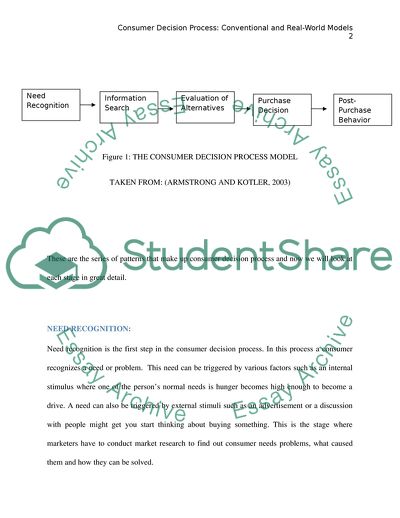Cite this document
(The Standard Consumer Decision Process Model Case Study, n.d.)
The Standard Consumer Decision Process Model Case Study. https://studentshare.org/marketing/1732020-develop-and-demostrate-your-understanding-of-the-standard-consumer-decision-process-model
The Standard Consumer Decision Process Model Case Study. https://studentshare.org/marketing/1732020-develop-and-demostrate-your-understanding-of-the-standard-consumer-decision-process-model
(The Standard Consumer Decision Process Model Case Study)
The Standard Consumer Decision Process Model Case Study. https://studentshare.org/marketing/1732020-develop-and-demostrate-your-understanding-of-the-standard-consumer-decision-process-model.
The Standard Consumer Decision Process Model Case Study. https://studentshare.org/marketing/1732020-develop-and-demostrate-your-understanding-of-the-standard-consumer-decision-process-model.
“The Standard Consumer Decision Process Model Case Study”. https://studentshare.org/marketing/1732020-develop-and-demostrate-your-understanding-of-the-standard-consumer-decision-process-model.


